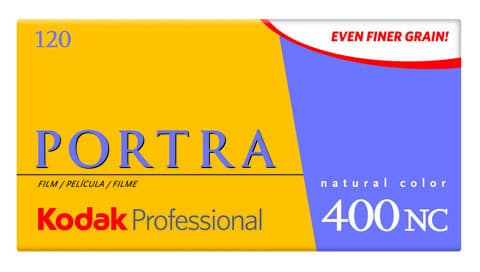Last year Kodak announced plans to dispose of its film and photographic paper divisions, as part of the sale of its Personalized Imaging business.
Kodak expects potential buyers to launch formal bids for the business at the end of this month, as the US company attempts to emerge from bankruptcy protection in the first half of this year.
Eastman Kodak general manager for Film Capture, Paper and Output Systems, Dennis Olbrich, said it would make sense for any buyer to retain film manufacture on site.
He explained that the company shares its film making facilities in Rochester with Kodak’s motion picture business.
‘It’s ironed into the ground,’ he told Amateur Photographer.
But he admitted that all options are up for negotiation.
Asked whether paper production will remain in Harrow, Olbrich replied: ‘We won’t know for sure until negotiation is done but… I cannot see the possibility of that being moved to a different location because it is similar technology to film manufacture.’
And he all but ruled out any transfer of film production to China under new owners.
Asked whether it would make sense for a buyer to move manufacturing to China, to take advantage of lower labour costs, perhaps, Olbrich replied that film manufacture is ‘more material component driven’.
‘If you started from scratch today you would have to consider that very carefully,’ he said.
Falling film sales fuel price rise threat
Meanwhile, he said further price rises for Kodak professional films may be required in order to offset any further decline in demand in the consumer film business.
‘We have to be able to raise prices over time, or else it just becomes unsustainable… You can’t do it for the love of it.’
Olbrich said Kodak saw a ‘very rapid decline’ in consumer and professional films in 2008/2009.
Though the decline rate for consumer film has continued to plunge, demand for professional colour negative film has remained ‘stable’, and there was only a ‘very modest decline’ in b&w last year, according to preliminary sales figures seen by Kodak.
However, Kodak bosses have pressured the manufacturing team to drive down costs to ‘try to offset any decline rate’, by scaling back and consolidating.
Kodak has told potential buyers that there is a ‘sustainable product line for years to come’ for film.
‘We are taking the opportunity to ensure we are building an organisation that is very efficient and is really geared for the slightly bigger than one billion dollar revenue that this business will be, going forward, rather than the $20bn dollars that Eastman Kodak company was 10 years ago.’
Part of this has involved, over the past few months, shutting down Kodak’s photo-finishing operation in Guadalajara, Mexico and consolidating operations in Rochester.
The closure of the Guadalajara plant, which made disposable cameras, reportedly cost 350 jobs.
Olbrich said Kodak is seeing some professional photographers and advanced amateurs returning to film, especially younger people trying film for the first time, having grown up on digital and attracted by its ‘tactile nature’.
Kodak exited the slide film business last year.
As part of its restructure, Kodak is selling off infrastructure in Rochester to third parties, who then manage it for tenants.








